Carboniferous
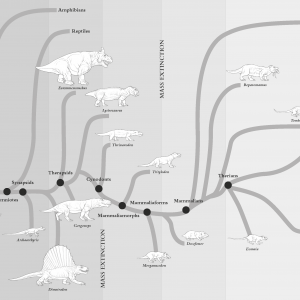
Episode 126: Beasts Before Us
Published on June 16th, 2021 | by David Marshall
Our very own Dr Elsa Panciroli comes on the show to discuss her new book 'Beasts Before Us'... Read More →

The Cretaceous period is a division of earth’s history spanning from around 145 to 66 million years ago, and during which enormous deposits of Chalk were formed across Europe. The Cretaceous was a warm period with temperatures on average 4°C above present. Sea levels gradually rose through the Cretaceous; attaining a maximum of around 200 meters above the present level, and resulting in the formation of shallow seas as large areas of the continents became flooded. During the Cretaceous the supercontinents of Laurasia and Gondwana continued to break up; opening the Indian and Atlantic Oceans. In the oceans, teleosts, a major group of bony fish, began to flourish along with modern sharks and rays. Diatoms, a group of planktonic algae, also began to diversify. On land the first true mammals and birds evolved while dinosaurs remained dominant. A major floral revolution took place during the Cretaceous with the emergence and gradual diversification of flowering plants. The end of the Cretaceous is marked by one of the most catastrophic extinctions in earth’s history. Dinosaurs, pterosaurs, ammonites, belemnites, rudist bivalves and many groups of marine reptiles were among those wiped out. An Iridium rich layer found globally at the Cretaceous/Paleogene boundary, along with a vast impact crater in Mexico, lead many to believe that a meteor was responsible for the end Cretaceous extinction. However, massive volcanism in India, contemporaneous with the extinction, may also have been a contributing factor.

Published on June 16th, 2021 | by David Marshall
Our very own Dr Elsa Panciroli comes on the show to discuss her new book 'Beasts Before Us'... Read More →
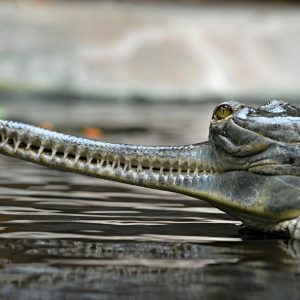
Published on April 15th, 2021 | by David Marshall
We look at rates of evolutionary innovation in crocodiles through time with Dr Tom Stubbs... Read More →
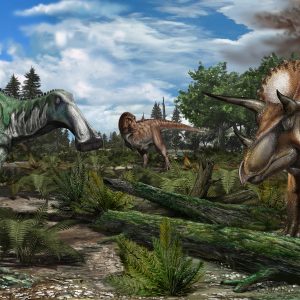
Published on June 29th, 2020 | by Liz Martin-Silverstone
Was it the asteroid impact or volcanism that killed the dinosaurs... Read More →
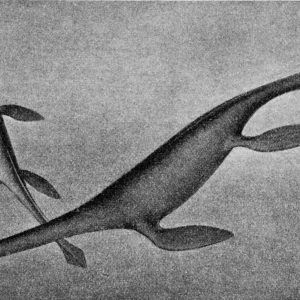
Published on March 1st, 2020 | by David Marshall
Plesiosaurs are some of the most easily recognisable animals in the fossil record. Simply uttering the words ‘Loch Ness Monster’ can conjure a reasonably accurate image of what they look like. Thanks to palaeoart, it’s also [&hellip... Read More →
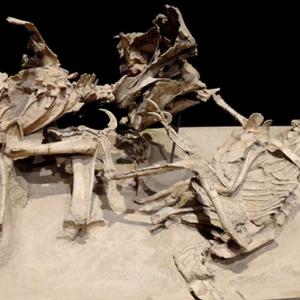
Published on February 7th, 2020 | by Guest Blogger
Mongolia’s ancient underbelly had proved so productive that after suspending fieldwork for one year, the Polish returned in 1967 for another three year stint. This was a smaller scale operation, like in 1963, aimed not at [&hellip... Read More →
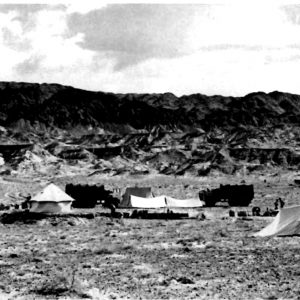
Published on December 28th, 2019 | by Guest Blogger
Of the many countries around the world that have seen palaeontologists scouring their strata for fossils, Mongolia is one of the most intriguing and inspiring. Landlocked and sandwiched between its neighbouring geographical behemoths, Russia and China, [&hellip... Read More →
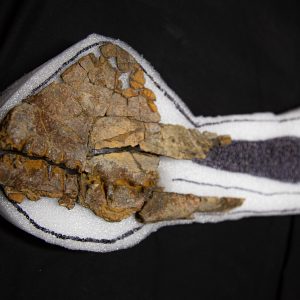
Published on November 15th, 2019 | by Liz Martin-Silverstone
Australia has many fossils from all ages, including several dinosaurs known exclusively from this time and place. However, they are not well known for their pterosaur fossils, having only a handful of specimens, and up to [&hellip... Read More →
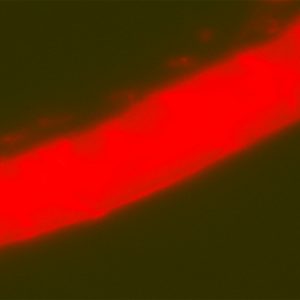
Published on July 1st, 2019 | by David Marshall
Fossilisation of organic material was long thought to result in the complete loss of original content. However in the last 20 years, several high-profile publications reported the discovery of proteins, blood vessels, blood cells and even [&hellip... Read More →
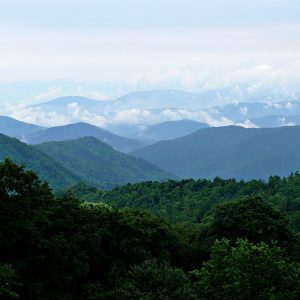
Published on May 24th, 2018 | by David Marshall
The Appalachian mountains, span the Eastern margin of the United States of America. They are predominantly composed of Paleozoic rocks, but Mesozoic marine sediments (formed adjacent to the Appalachian continent at the time) can be found [&hellip... Read More →
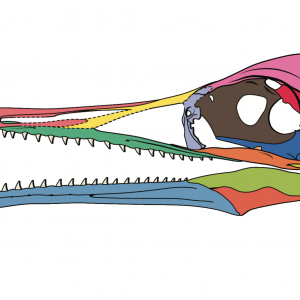
Published on May 3rd, 2018 | by Liz Martin-Silverstone
Bird evolution has long fascinated palaeontologists. Despite crown-group birds (birds giving rise to modern lineages today) evolving during the Cretaceous, there are relatively few fossils from this time, making it difficult to understand this key time [&hellip... Read More →